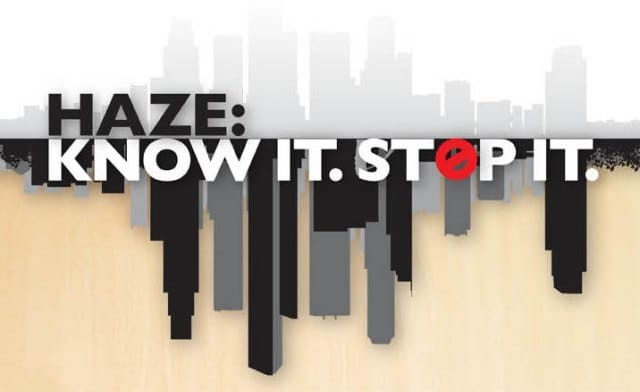The SIIA is holding an exhibition on the haze from 7 to 9 November 2014, 10am to 10pm, at VivoCity’s South Avenue (between L1 information counter and Timberland), in partnership with the leading agribusiness firms and environmental NGOs. The event will be launched by Dr Amr Khor, Senior Minister of State for Health and Manpower at 2:30pm on 7 November.
This exhibition is the first of its kind since Singapore experienced its worst haze episode in history last June. It aims to inform the public about the causes of the haze, the plight of people who live near the fires and the haze fighting measures currently in place. It will also help the public understand what we in Singapore can do to help stamp out long-standing environmental and public health crisis.
Below is an excerpt from media coverage of the exhibition.
Image Credit: SIIA
Exhibition gives insight into haze issue [Straits Times, 7 Nov 2014]
By Audrey Tan
The haze might be caused by the clearing of land in Indonesia and Malaysia, but Singaporeans can still play a role in helping to thin the murky veil that shrouds the Republic every year.
Consumers can do their part in various ways, for instance, by purchasing timber products sourced only from sustainable forests, or by investing in companies that do not burn land.
This is the call to action made by the Singapore Institute of International Affairs (SIIA), which has organised a first-of-its-kind haze exhibition here.
Visitors to the exhibition at VivoCity can gain fresh insights into these issues, including the importance of checking for the Forest Stewardship Council (FSC) eco-label when buying furniture, paper or other wood products. The label shows the product can be traced to a sustainably managed forest.
The event, which will run from today until Sunday, has brought together 10 agroforestry companies, including Wilmar and paper firm Asia Pacific Resources International, and 20 non-governmental organisations (NGOs) to address questions from the public.
Visitors can check out text and multimedia displays, as well as the peat soil exhibit, which highlights the problem of peat fires. Such fires – which can burn for months or even years, and emit high levels of carbon dioxide – are largely behind the choking haze that is dogging the region.




